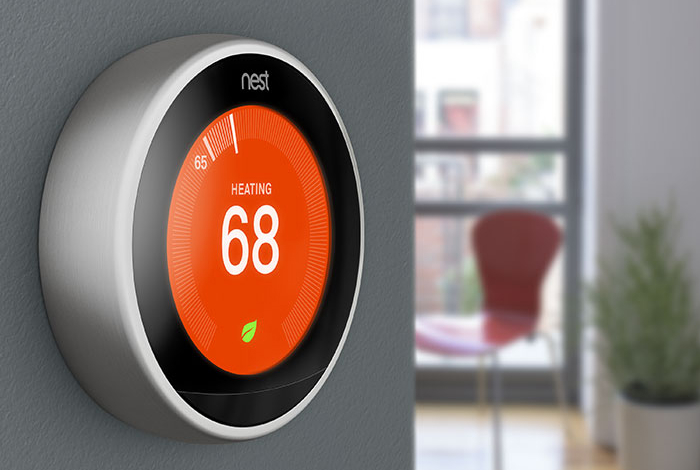The Nest thermostat already ticks most of the boxes for a great piece of tech: elegant design, simple user interface, solves an actual problem, isn’t absurdly expensive. But ever since launch, the software has been slowly upgraded to add more features.
This time around, Nest is adding “Time of Savings” to its bag of tricks. Put simply, if you’re on an electricity plan where you pay more at peak hours, your Nest will now actively work to save you money.
DON’T MISS: Confirmed: Apple is making only one, very dumb change to the iPhone this year
Time-of-use electric plans are exactly what they sound like: during peak times, electricity is made more expensive, in an effort to reduce demand. It’s an economist’s wet dream, dynamically changing pricing in order to alter demand. Unfortunately, it doesn’t really work if humans are left up to their own devices — people don’t traditionally check the clock before putting clothes in the dryer or turning on the heating.
That’s where Nest comes in. Using data from your electric company (individual providers have to opt in), Nest will look at the current electric price, and adjust the thermostat up or down by up to two degrees to lower your electricity use, and save you money. You still have the option of a manual override if things are getting too toasty for you.
At the moment, the feature is limited to SolarCity subscribers, but Nest is in talks with other partners to roll the feature out nationwide.
Electricity companies altering demand at peak hours isn’t new. “Demand response” is a program that many utility companies have been using for a decade, which uses radio signals to remotely turn off thermostats in houses during peak times. Demand response is designed to prevent overloading the grid at peak times, and it’s a benefit for the utility companies. Nest’s software flips it the other way around, allowing consumers to save money without really thinking about it.










